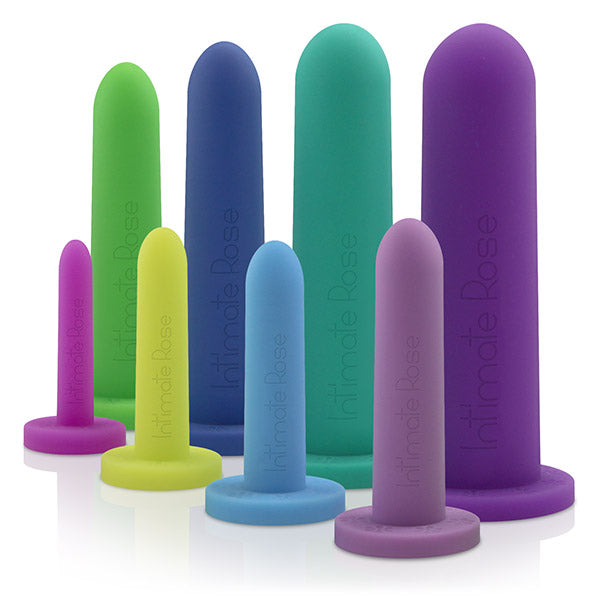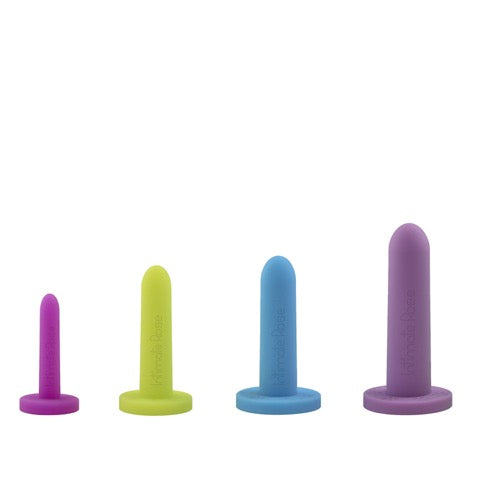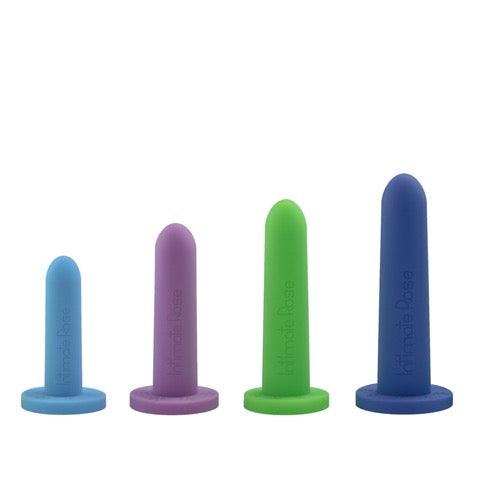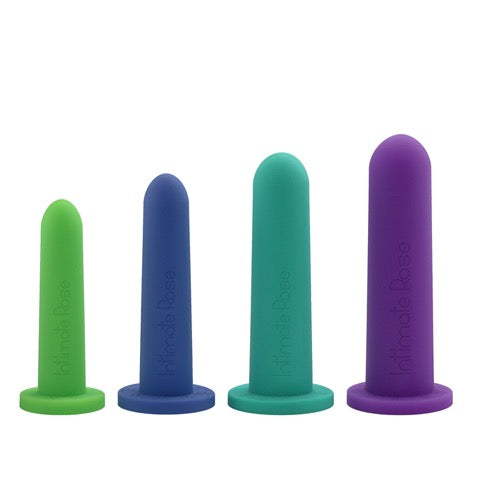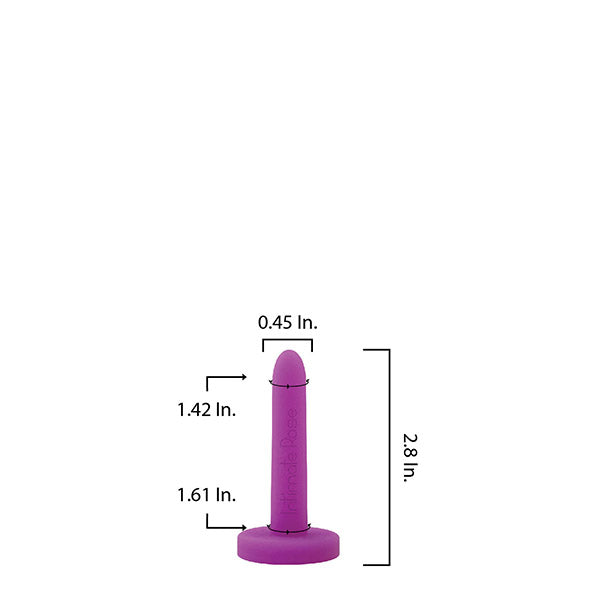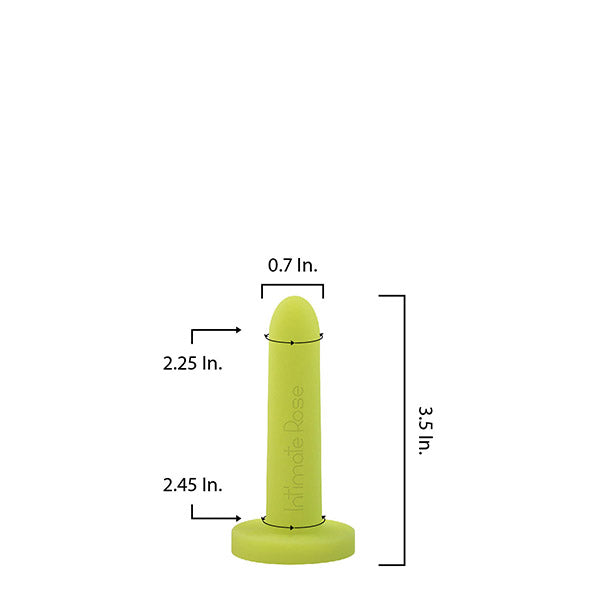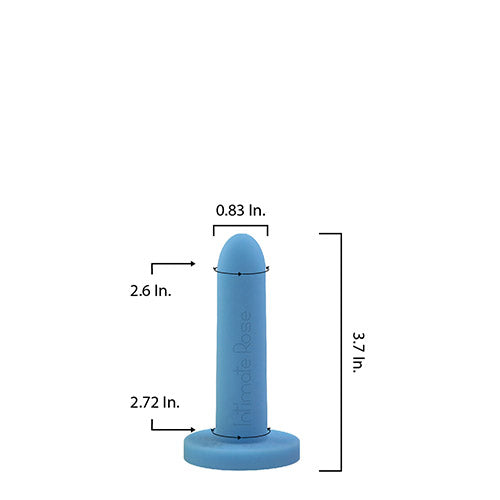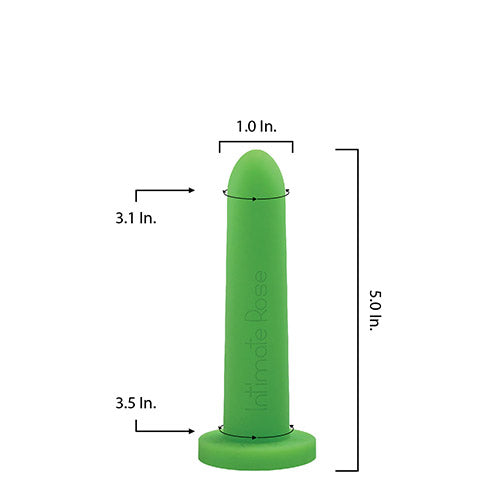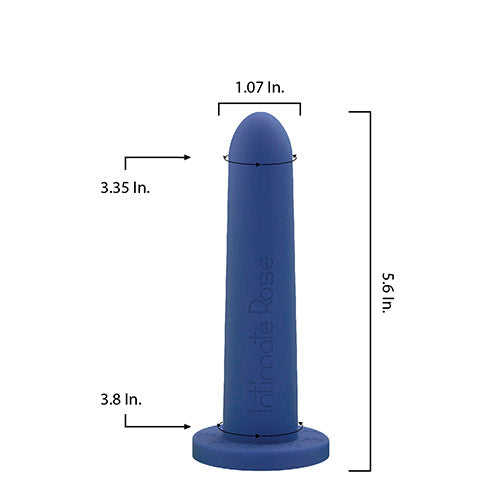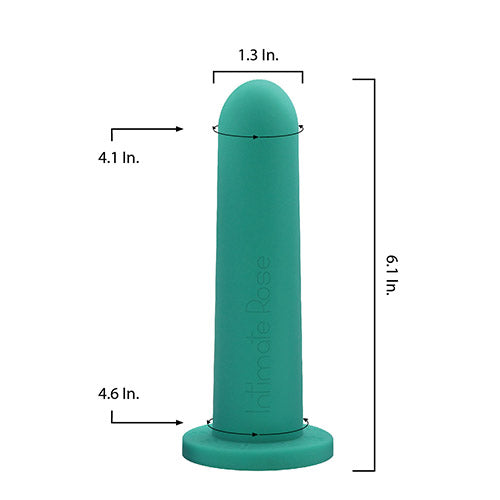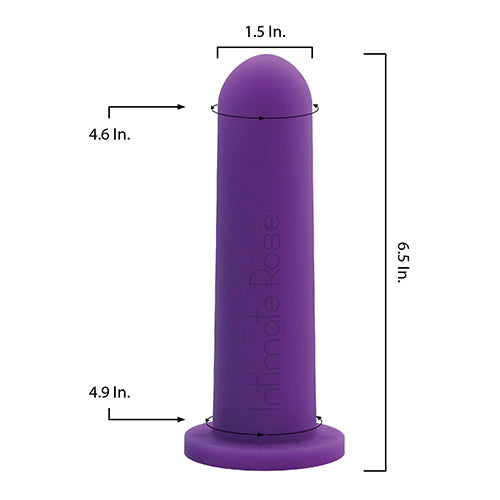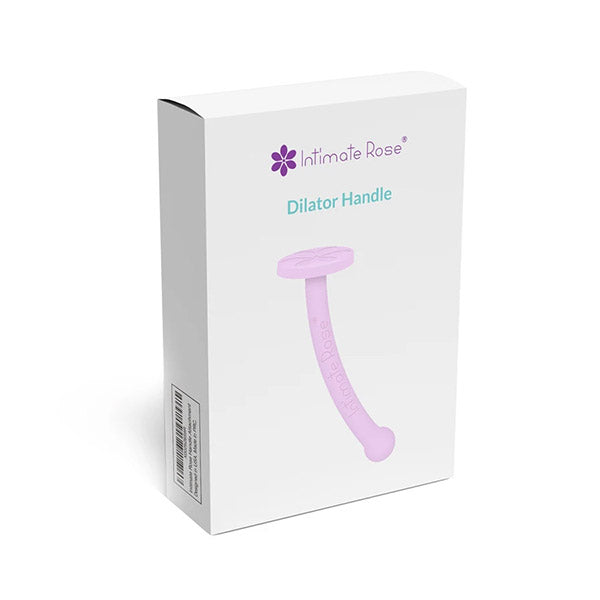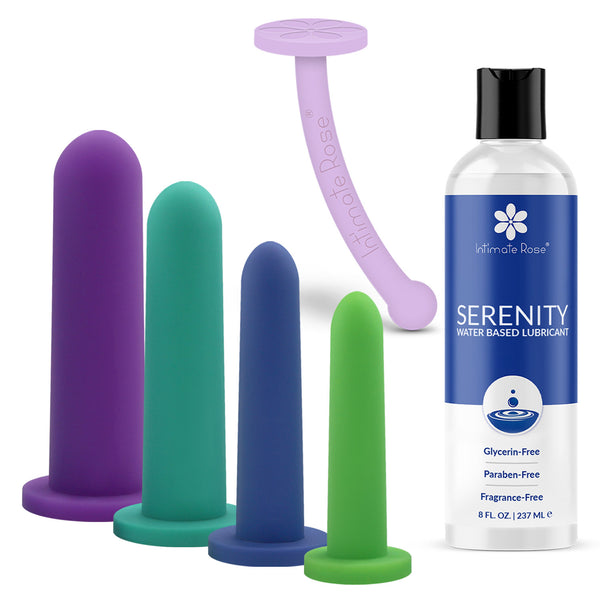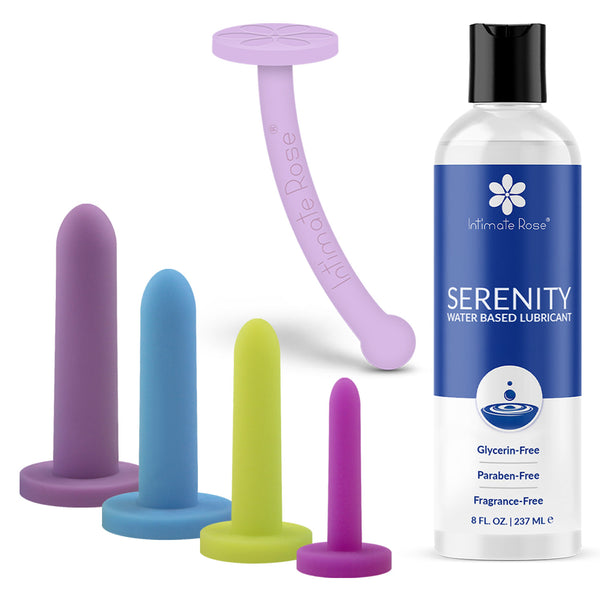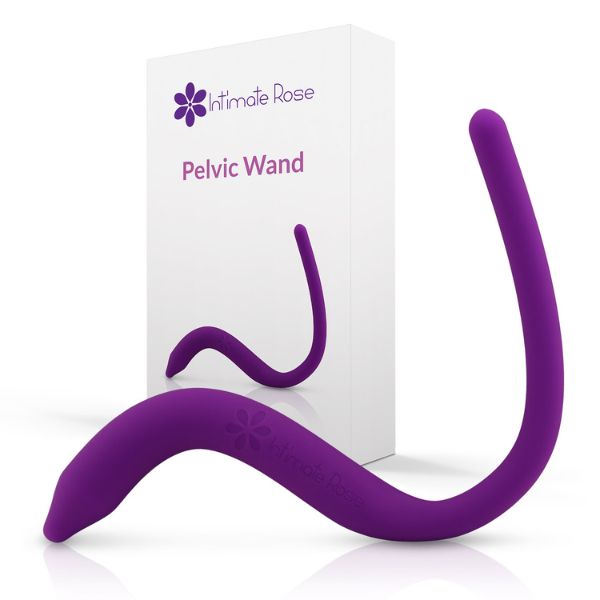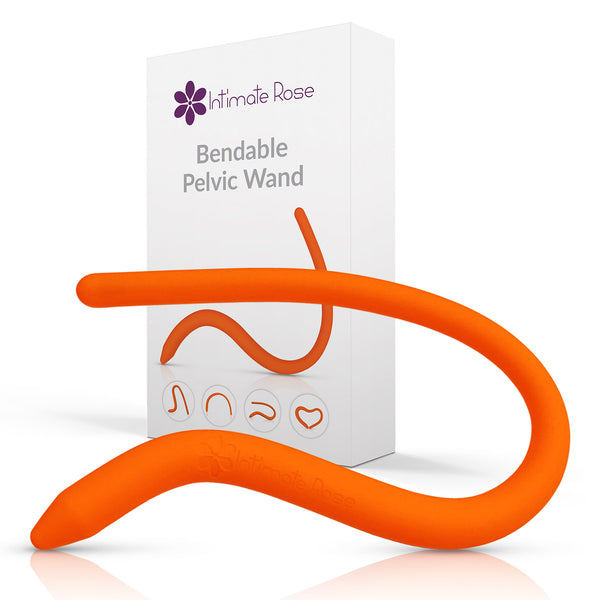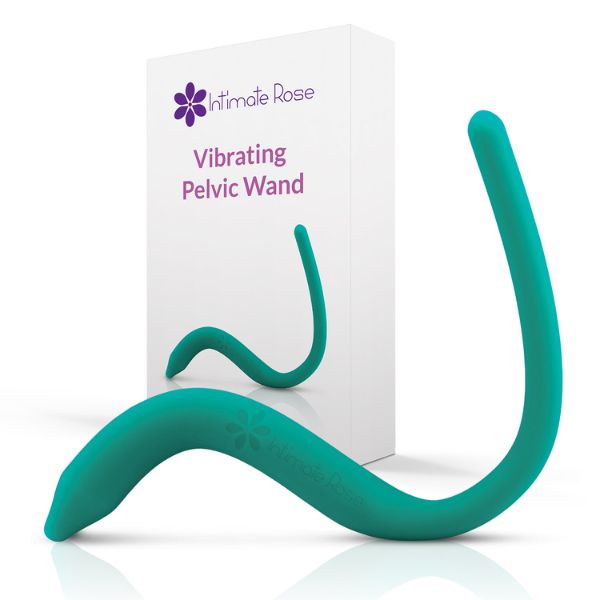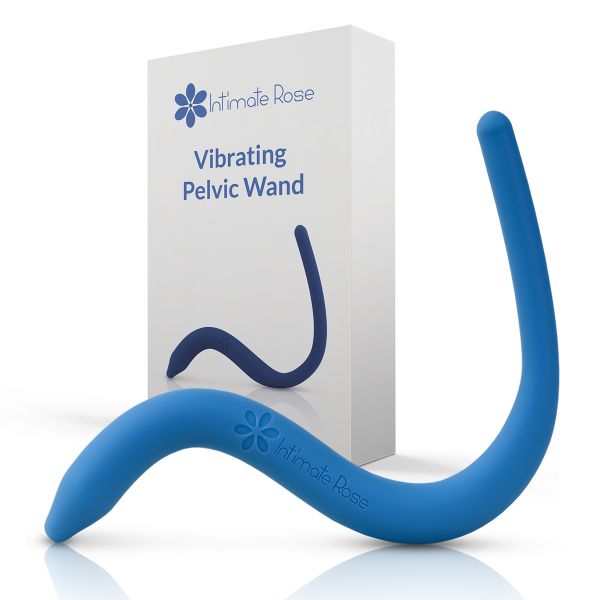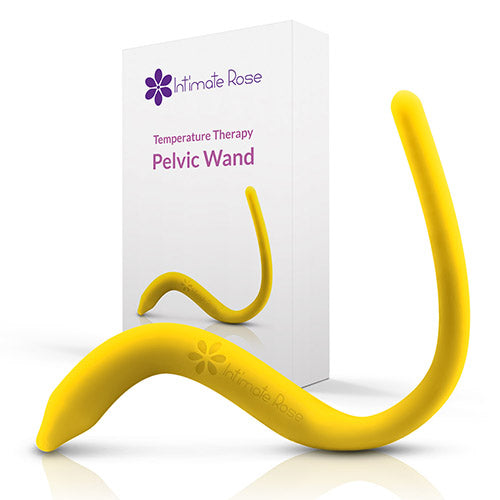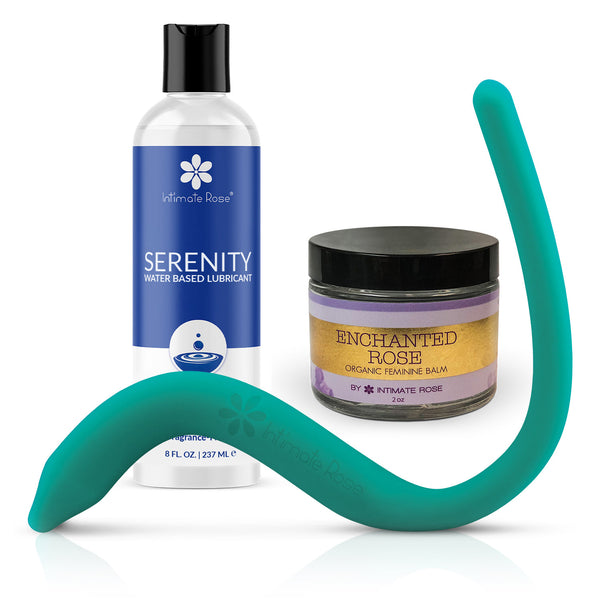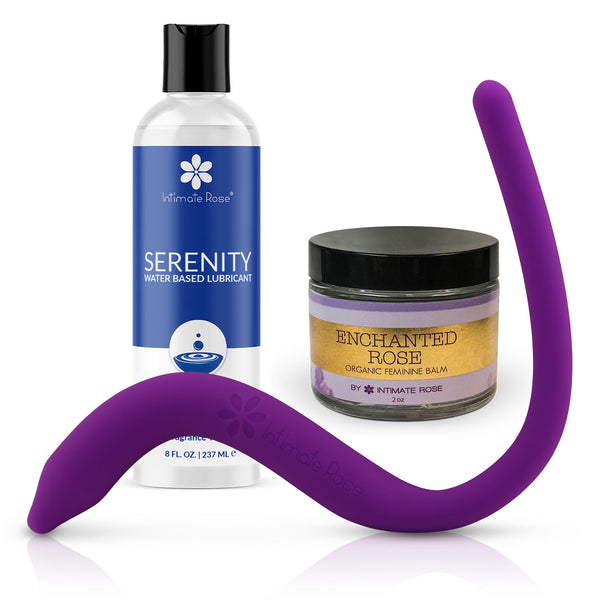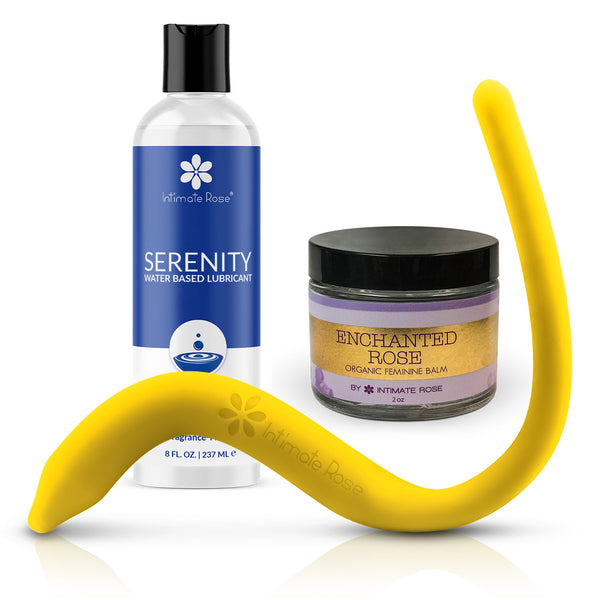Vaginal scar tissue can form following a myriad of conditions including surgery, radiation treatment, an episiotomy, gynecological surgery and giving birth although the development of vaginal scar tissue after childbirth from tearing is the most common.
Vaginal Narrowing
Vaginal scarring results in the stiffness of the skin and muscles around the vagina. Scar tissue is much stiffer than healthy tissue. Also, it can reduce the flexibility at the entrance and inside the vaginal canal, as well creating the "narrowing" effect.
This scar tissue can also contribute to pelvic pain due to a loss of elasticity of the pelvic floor muscles that support the pelvic organs.
However, the good news is, there are easy at home remedies to address and help with discomfort from vaginal scar tissue and pelvic pain.

Tight? Start here!
5 Ways to Help Treat and Heal Vaginal Scar Tissue Damage
- De-Sensitizing the Scar
- Massaging the Scar
- Using a Vaginal Dilator
- Using a Feminine Balm
- Using a Massage Wand for Superficial or Deep Scar
De-Sensitizing the Scar
Gentle scar mobilization using your fingers can help to decrease the sensitivity of the scar, making it less painful. For many women, the scar is extremely painful to the touch. If this is the case, begin by using a makeup brush and gently stroke the scar with the makeup brush. A fluffy blush brush works well for extremely painful scars.
Stroke along the length of the scar, as well as up and down, and in small circular strokes. Try to practice de-sensitization for two to five minutes each day, gradually working up to placing more pressure through the brush, and then using one to two fingers.
Massaging the Scar
You can massage your scar to gently soften the scar tissue and make it more flexible. To do this, place gentle pressure over the scar as if you were checking a tomato to see if it is ripe. Gently glide your fingers along the scar, varying the pressure if it becomes too painful. Work your fingers the length of the scar, as well as perpendicular to it.
You can also gently massage the skin directly above and below, as well as right and left of the scar. If you see puckering of the scar, you can gently pinch the scar and lift it away from the rest of the skin as it becomes more mobile and less sensitive.
Using a Vaginal Dilator
Some scars around the vagina make it impossible or difficult to have sex, use a tampon, or have a pelvic exam because the make the vaginal opening stiff and tight. Vaginal dilators are a medical device that allows you to gently and progressively improve the flexibility, length, and diameter of the vaginal opening.
Also, a dilator is particularly beneficial in conjunction with learning to relax the pelvic floor muscles. To decrease pain with vaginal penetration, the keys to success are consistency and routine practice. Daily use of vaginismus dilators, coupled with relaxation techniques and focused attention on training the muscles will result in achieving your goals.
Visit our complete guide on how vaginal dilators are used to address vaginal scarring and pain by Dr. Amanda Olson, or visit our Dilator HUB for more training, videos and support.
How does a vaginal dilator work?

Using a Feminine Balm
A vaginal balm with healing ingredients can help nourish and soften scar tissue. Just like lip balm works magic for chapped lips, an organic feminine balm can help sooth scar tissue. Intimate Rose’s feminine balm is perfect for soothing irritated skin around the vulva and vagina.
Using a Massage Wand for Superficial or Deep Scars
The patented Intimate Rose Pelvic Wand can be used to gently massage and provide soft tissue mobilization to both the superficial and deeper areas of the vagina.
Additionally, women who have undergone surgery, childbirth, or experienced recent stress may experience tightness or discomfort in the pelvic floor muscles. The wand can support this by gently massaging tender areas, relaxing muscles, improving circulation, and relieving minor aches and pains in the pelvic region.
The unique ergonomic design allows you to reach the hard to reach muscles and areas of the pelvic floor.

Tight? Start here!





